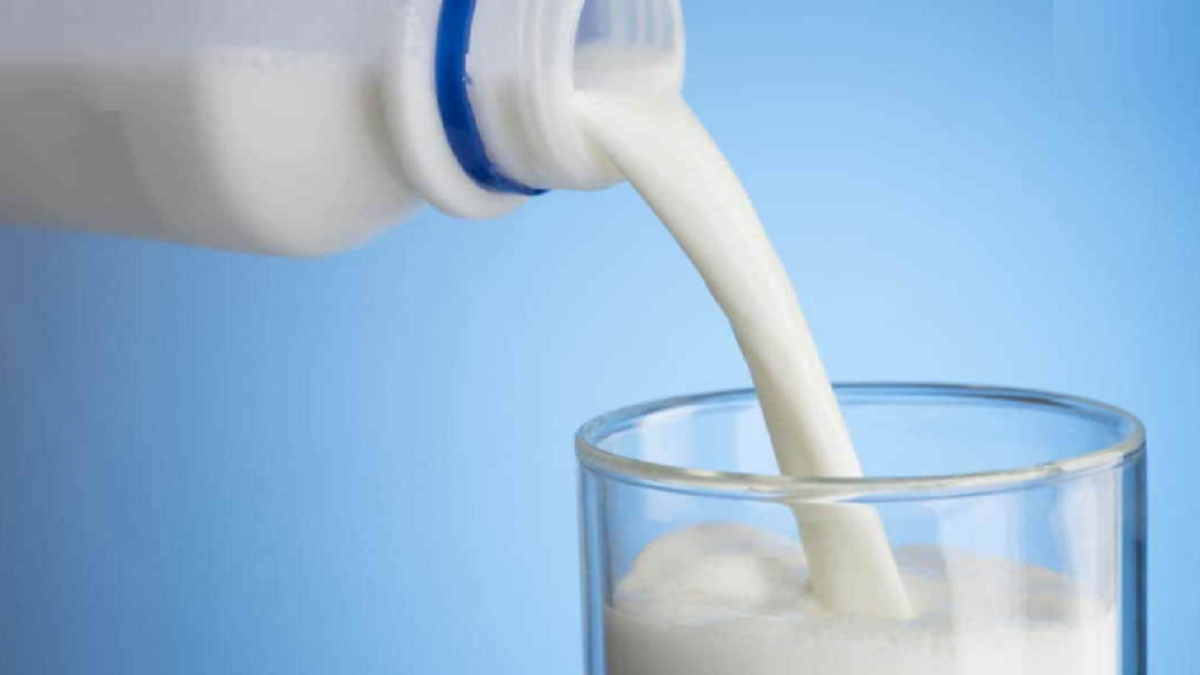Milk in Indian households has long been accepted as the most ‘Complete Food’ for children and adults alike, given its richness in essential nutrients. It is one of the food items that is flaunted as the best bedtime drink, good for lactating mothers, the best alternative to mother’s milk for infants, good for joint pains in the elderly and what not—thus covering the entire range of the population.
The universal health drink packages food groups like protein, calcium, vitamin B, B1, B2, B12, and Vitamin D in one go. While the importance of milk as food is a foregone conclusion, what is significant is the versatility of usage of the product. Milk is used in making every kind of sweet and its by-products like ghee, butter, lassi, tofu are also widely used for the preparation of food and keep the benefits of whole milk intact.
As for the kids’ group, milk is the only natural substitute for the mother’s milk if at all the necessity arise. However, beyond the breastfeeding months, milk provides one of the best alternatives for the transition from solely liquid consumption to solid food. The high potassium and calcium content in milk adequately help the growth of bones in the kids during the growing upstage. The nutrients available in milk are not exclusive to it, but it is the only drink that has all the nutrients together, thus making it the single most affordable source.
A study by the National Institutes of Health has shown that regular milk consumption leads to a 1.9% lower risk of stunted growth in children between the ages of 6 months and 5 years and it also estimated a 20% increase in weight and height of kids who drank milk as compared to those who do not have a diet of milk. India, though the biggest producer of milk, according to the 2018 Global Nutrition Report, the country accounts for more than three out of every 10 stunted children globally. Given the importance and nutritive value of milk, the NDDB Foundation for Nutrition (NFN), a trust under the aegis of the National Dairy Development Board introduced the concept of fortified flavoured milk to address the problem.
The importance of milk as a diet to young kids is so vital that the Food and Agriculture Organisation of the United Nations declared 1 June as World Milk Day.
Studies had shown that the impact of stunted growth does not only affect the physical attributes but in many cases affect lifelong learning and adult productivity, in addition to vulnerability to different kinds of diseases. However, the widespread fortified milk programme has shown that the number of anaemic children decreased after regular consumption of milk. Apparently, studies tracking the impact of milk consumption in kids have also re-iterated that milk has a positive effect in reducing visual impairment among children. Prolonged drinking of milk as a dietary option has shown marked improvement in IQ levels, positive impact on cognitive functions of children and their interest in physical activities. Thus the positive impact of drinking milk regularly by kids is well testified and recommended.
The importance of having milk as a diet for kids are so well established that the central government, as advised by NITI Aayog, is well into considering and announcing a policy through a centrally-sponsored scheme with a fund-sharing system between the centre and state governments to initiate school milk programmes on a countrywide basis, to address the widespread malnutrition problem among kids. There is a huge network of 214 dairy cooperatives and 31 dairies across India, which are expected to be instrumental in implementing such a scheme.
1. Going by the latest studies, worldwide mapping of effect of fortified milk among the malnourished kids and the wealth of traditional knowledge that India harbours, the following takeaways are to be remembered when recommending milk as a Complete Food for kids.
2. Milk is a rich source of quality protein that contains all nine essential amino acids. It helps reduce age-related muscle loss and promote muscle repair after exercise. Milk helps the body to properly absorb calcium, including vitamin D, vitamin K, phosphorus and magnesium.
3. Always supplement milk with solid food to have a balanced diet
4. Milk is a great way to go for weight loss and lowers the risk of obesity
5. Milk is not for everyone, given that 65% of the world population suffers from lactose intolerance. There are non-dairy milk options available for these individuals.
6. Milk should not be boiled for over three minutes as it loses its nutrition through over boiling. Storing or microwaving milk in plastic containers needs to be avoided as they are carcinogenic.
The writer is Founder, Sid’s Farm Private Limited.
The universal health drink packages food groups like protein, calcium, vitamin B, B1, B2, B12,and Vitamin D in one go.













